News

Jul 23, 2025
Seasonal flu immunity protects against severe illness from bird flu in ferrets
A study in ferrets — which have remarkably similar respiratory systems to humans — suggests that widespread immunity to H1N1 seasonal influenza virus may explain why exposure to H5N1 bird flu causes only mild symptoms in humans.
Full Article

Jul 22, 2025
Next-gen tech can detect disease biomarker in period blood
Proof-of-concept, at-home device can detect biomarker for endometriosis — a debilitating uterine disease — in 10 minutes; advancement makes early detection easier, more accessible, researchers say.
Full Article
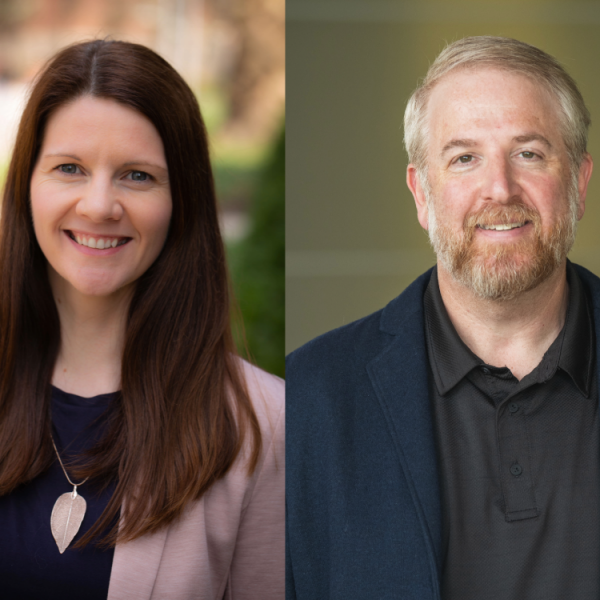
Jul 22, 2025
$2.6M NIH grant to fund new microbiome sciences training program at Penn State
The internationally recognized One Health Microbiome Center (OHMC) in the Huck Institutes of the Life Sciences at Penn State is the recipient of a new National Institutes of Health (NIH) grant to train doctoral students in biotechnological innovation, industry advancements and interdisciplinary microbiome research.
Full Article

Jul 22, 2025
National foundation grant to support study on amphibian health at Penn State
Research in Penn State’s College of Agricultural Sciences aimed at helping amphibians fight fungal disease by strengthening their natural defenses has received a $120,000 grant from the Morris Animal Foundation, a national nonprofit dedicated to advancing animal health through scientific research.
Full Article
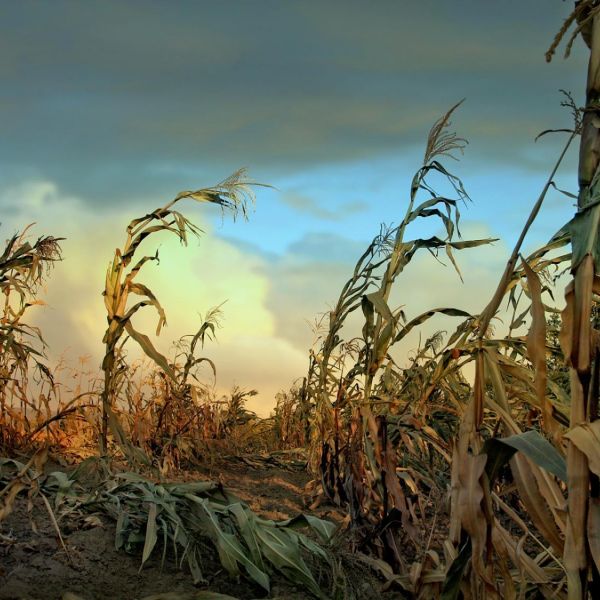
Jul 21, 2025
Simulating the unthinkable: Models show nuclear winter food production plunge
A team led by researchers at Penn State have modeled precisely how various nuclear winter scenarios could impact global production of corn — the most widely planted grain crop in the world.
Full Article

Jul 16, 2025
College of Ag Sciences grant program supports student learning, experiences
A grant program in Penn State’s College of Agricultural Sciences aims to enhance student learning by empowering faculty and students to design immersive, hands-on projects that bridge classroom knowledge with real-world partnerships.
Full Article
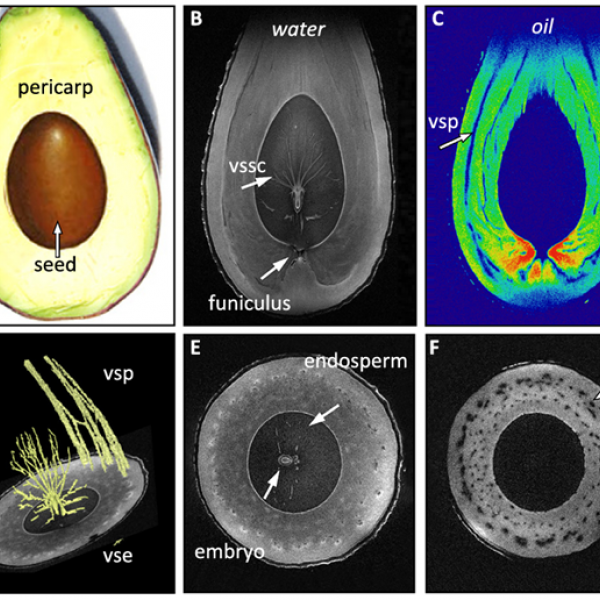
Jul 16, 2025
MRI advancements herald new possibilities for plant imaging
Magnetic resonance imaging is an established tool for human medical diagnostics, but recent advancements mean that it now offers plant researchers unprecedented capabilities for non-invasive visualization of plant structures and systems.
Full Article
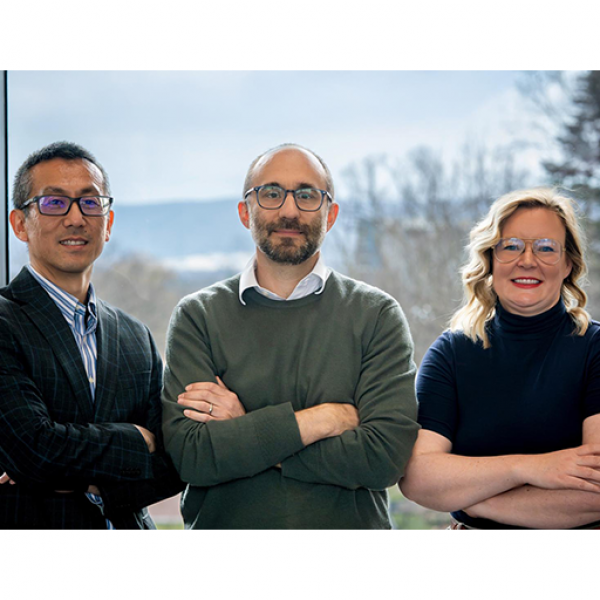
Jul 16, 2025
When dreams turn dark: Neuroscientists to study nightmares and mental health
Dreams, and likely nightmares, are experienced universally across humans and animals, but neuroscientists still do not know why. Now, with a three-year, $1.2 million grant from the W.M. Keck Foundation, an interdisciplinary team of researchers at Penn State will study the underlying mechanisms of nightmares and their relationship with anxiety-related mental health disorders, such as post-traumatic stress disorder (PTSD).
Full Article
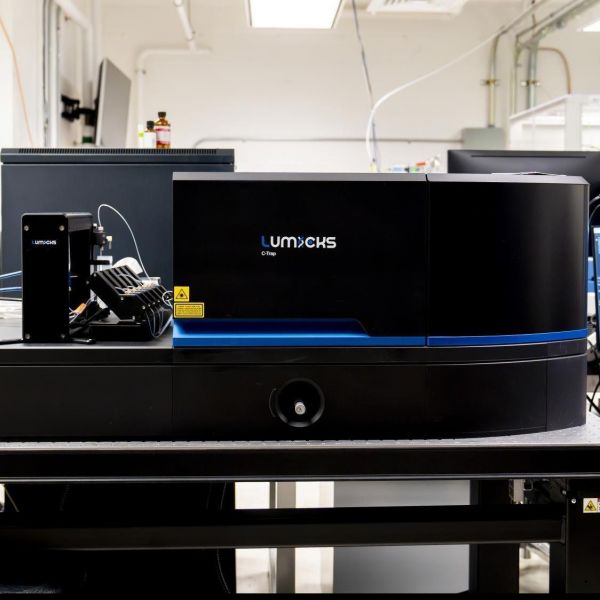
Jul 15, 2025
Optical tweezers help elevate single-molecule research at Penn State
The instrument, supported by a new NIH infrastructure grant, uses laser light to ‘tweeze’ tiny objects like DNA molecules and proteins.
Full Article
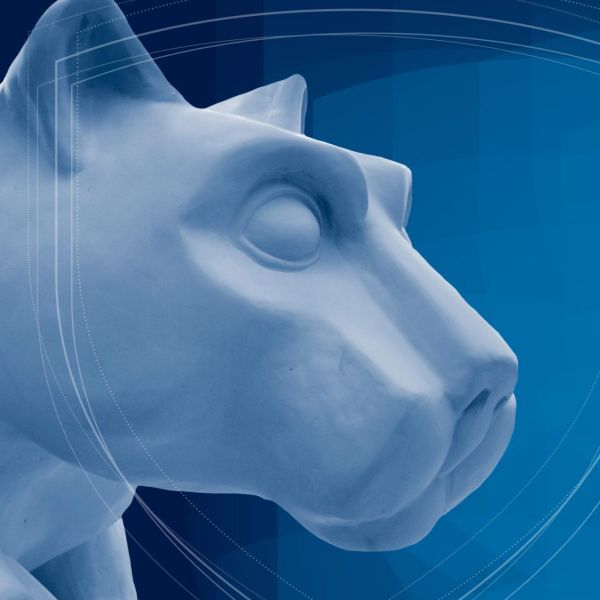
Jul 15, 2025
Grant to help establish AI, health research lab at Harrisburg
A pair of Penn State Harrisburg faculty have been awarded funding to establish a research lab focused on using artificial intelligence (AI) and machine learning (ML) to improve health care access and outcomes.
Full Article